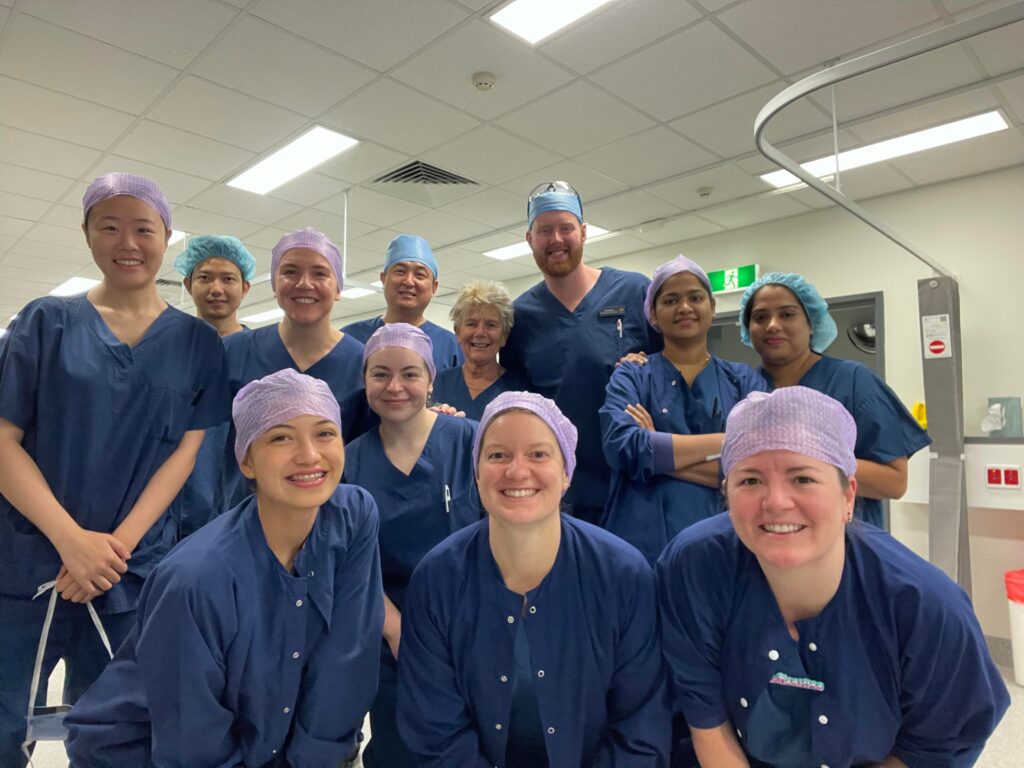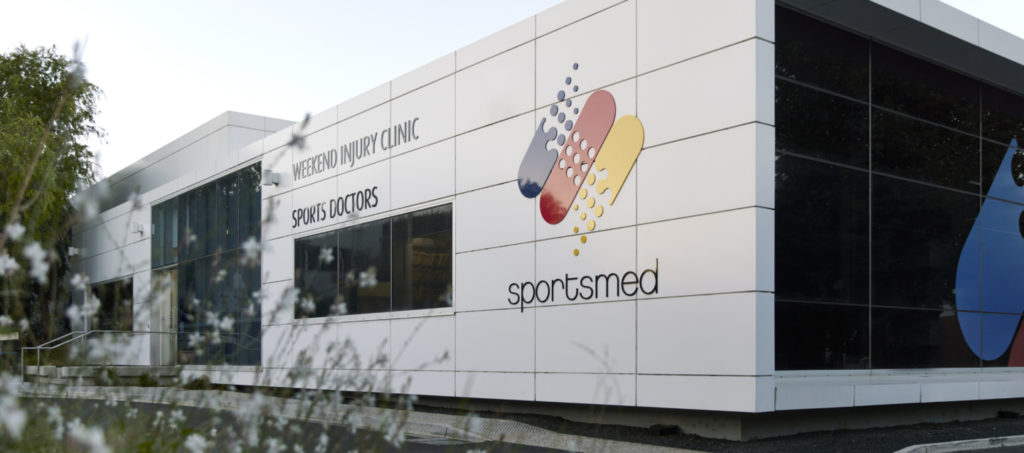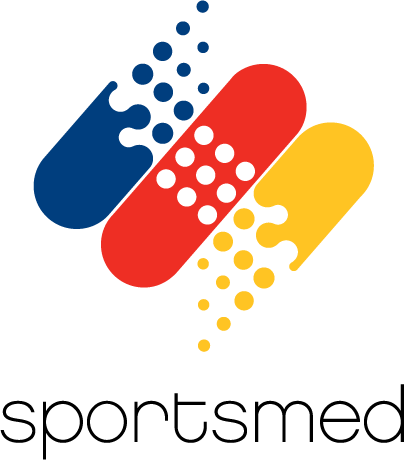Shoulder resurfacing involves replacing damaged or diseased cartilage and bone of the shoulder joint with artificial implants. The implants are designed to restore function in the shoulder joint.
Compared to a total shoulder replacement where the two bones (humerus and scapula) in the joint are cut and replaced, in resurfacing only the damaged top (humeral head) of the arm bone is replaced with a metallic artificial head.
A metal ball is attached to the humerus by a short stem or no stem.
The procedure is designed to alleviate shoulder pain and restore a full of range of motion to the shoulder joint and arm. It retains as much normal bone and muscles as possible.
The indications for shoulder resurfacing are similar to shoulder replacement, but it is often the preferred treatment method for young individuals or those with high physical demands.
indications
Wear and Tear Arthritis (Osteoarthritis)
With this condition, the joint surfaces become worn and uneven, causing the joint to lose flexibility and develop pain. Thus, the surfaces are excised and resurfaced with a smooth metal implant to restore function.
Inflammatory Arthritis (Rheumatoid Arthritis)
Resurfacing will relieve shoulder joint pain and improve functioning caused by the disease, but often the degree of damage will require a total joint replacement in the future.
Humeral Head Necrosis
Also referred to as avascular necrosis, the condition occurs when there is an interruption of blood supply to the bone. The bone of the humeral head then collapses and creates an uneven surface. Resurfacing replacement of the humeral head alone is used as the socket or the glenoid side of the joint remains unaffected.
Post-Trauma Arthritis
Dislocations or fractures can cause irreparable damage to the joint surface. If there is severe damage, either part or all of the humeral head can be resurfaced to relieve pain and improve functioning.
before surgery
Physical Examination
You will undergo an examination to test the range of movement and strength in the shoulder. The evaluation also ensures you are capable and healthy enough to have surgery and can complete the recovery process successfully.
Tests
You may require a number of tests including blood and urine samples, and may also need an electrocardiogram to electronically record the activity of your heart.
X-rays
X-rays will be conducted to examine the extent of the damage to the shoulder joint and identify the best course of action to take for the surgery.
MRI
Advanced MRI imaging may be conducted to thoroughly inspect soft tissue and cartilage.
CT Scan
This form of X-ray imaging enables an accurate three- dimensional model of your shoulder to be determined. To ensure the appropriate positioning and sizing of the implant a CT scan maybe undertaking for templating purposes.
Medical History
Your orthopaedic surgeon needs to know your medical history and what medications (prescribed and non-prescribed) you are currently taking in order to plan the best treatment. Any and all health problems must be disclosed to avoid issues that may complicate surgery, the anaesthetic process and recovery.
General Anaesthesia
You are put to sleep during the surgery using general anaesthesia and often a regional block of local anaesthetic will be provided for pain relief.
after surgery
Patients can expect to stay at our hospital for two to three days with a progressive recovery expected to last anywhere between six weeks to three months.
A sling must be worn for up to six weeks and sports should be avoided for at least six months.
An exercise program will be provided by one of our physiotherapists prior to the surgery to restore strength and mobility in the shoulder, and ultimately help with recovery following the procedure.
Your surgeon and physiotherapist will also identify and guide you through lifestyle changes that are necessary to help protect the joint.
Our patients are advised to return for regular evaluation to monitor progress.
risks and complications
As with all surgical procedures, shoulder resurfacing does involve some risks. While your surgeon will take every precaution necessary to minimise risk, complications can occur that may have permanent repercussions.
Some specific risks related to shoulder resurfacing include:
- Swelling
- Bleeding or haematoma formation
- Nerve damage causing numbness
- Infection
- Dislocation
- Blood clots in the legs (DVT) or lungs(pulmonary embolus)
- Disease progression and prosthesis wear.
If conservative treatments are unable to correct the problem, surgery may be required. A shoulder impingement operation will involve removing the thickened bursa, some of the bony acromion and spur, and releasing the ligament between the coracoid and acromion. This will free up more space for the rotator cuff tendons. The outer end of the collar bone (clavicle) may be removed due to arthritis if it is compromising the tendon or a cause for pain. If the tendon is torn, then repair the rotator cuff is required.
contact
This fact sheet is a brief overview of shoulder resurfacing, produced by our Shoulder, Elbow, Wrist and Hand Surgeon Dr Nick Wallwork. To make an appointment or enquiry with Dr Wallwork or one of our upper limb specialists, contact 08 8362 7788 or email ortho@sportsmed.com.au.



